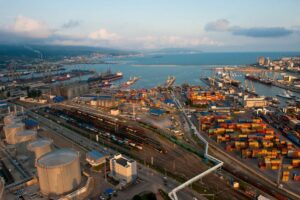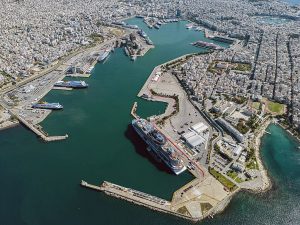Transportation of diesel fuel in flexitanks: pros and cons
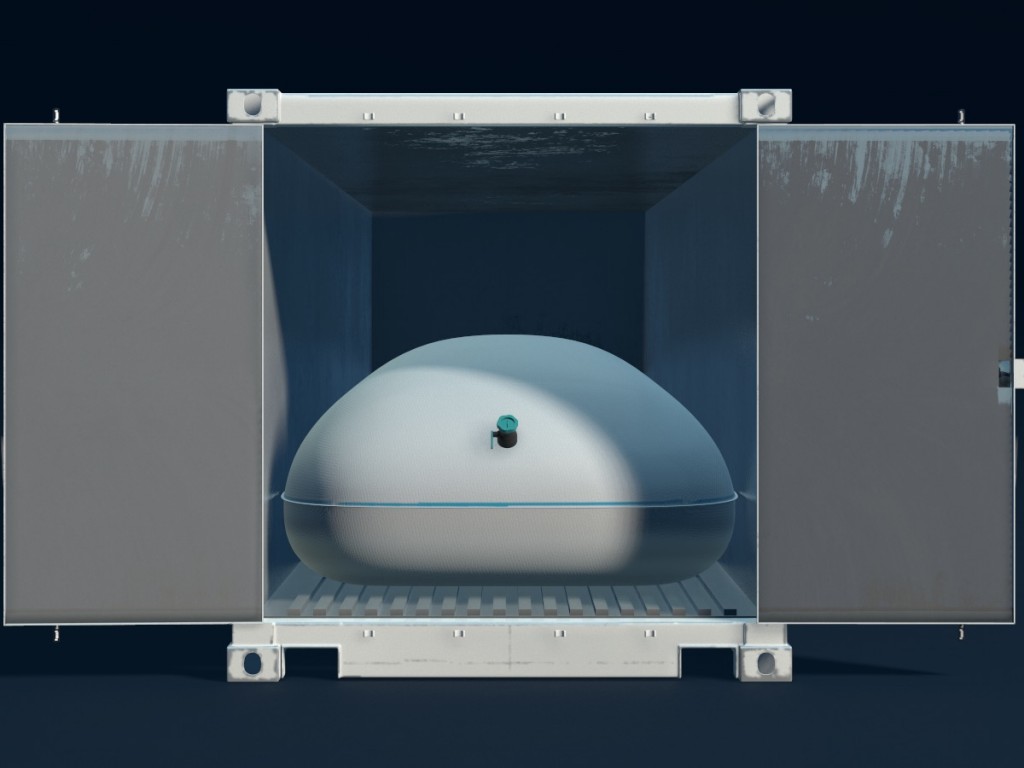
Ukraine is looking for new logistical options for the import of diesel fuel – farmers offer to transport it in flexitanks. USM is looking into how realistic this idea is, which countries transported fuel in flexitanks, and whether it is possible to apply similar experience in Ukraine.
In 2021, Ukraine imported 6.9 million tons of diesel fuel. About 2.3 million tons (or 33%) are for the needs of the agricultural sector. Monthly imports of diesel fuel before the war amounted to 400-700 thousand tons, while in the second half of the year the demand increased as a standard, due to the harvest and transportation of the crop.
About 80% of supplies were carried out by rail. Of these, 40% came from Belarus and 28% from the Russian Federation.
Since the beginning of the full-scale war of the russian federation against Ukraine, the supply routes have changed dramatically. Now the only option for importing diesel fuel is from the EU or in transit through them. Overall import figures began to decline. So, for example, in April, the volume of imported diesel fuel amounted to only 304 thousand tons. And most of the fuel was transferred to the needs of the Armed Forces of Ukraine.
Accordingly, the shortage of diesel fuel began to affect the agricultural sector. As the export of agricultural products by trucks to the EU countries has increased significantly, the demand for diesel fuel has increased.
An unusual idea for Ukraine was proposed by experts from the association “Ukrainian Club of Agrarian Business” (UCAB).
“One of the main reasons for the current shortage of fuel is the insufficient logistical capacity of deliveries to Ukraine and across its territory: there is a lack of railroad deliveries, a shortage of tankers for transporting fuel, and a long logistical supply chain,” UCAB notes.
Now grain is exported in auto-grain trucks, as well as in 20-foot containers on trucks and by rail. UCAB notes that cars and containers are usually empty on the way back. And Ukraine will increase exports even more, so more and more cars will return empty. To do this, farmers propose to use a flexible tank of a special design for storing and transporting liquid – flexitanks, which can be placed on vehicles.
“It is quite realistic to use special flexitanks to transport diesel fuel to Ukraine on the way back. Such a decision will significantly reduce the cost of transportation, road congestion and the shortage of diesel fuel supplies to Ukraine,” the UCAB notes.
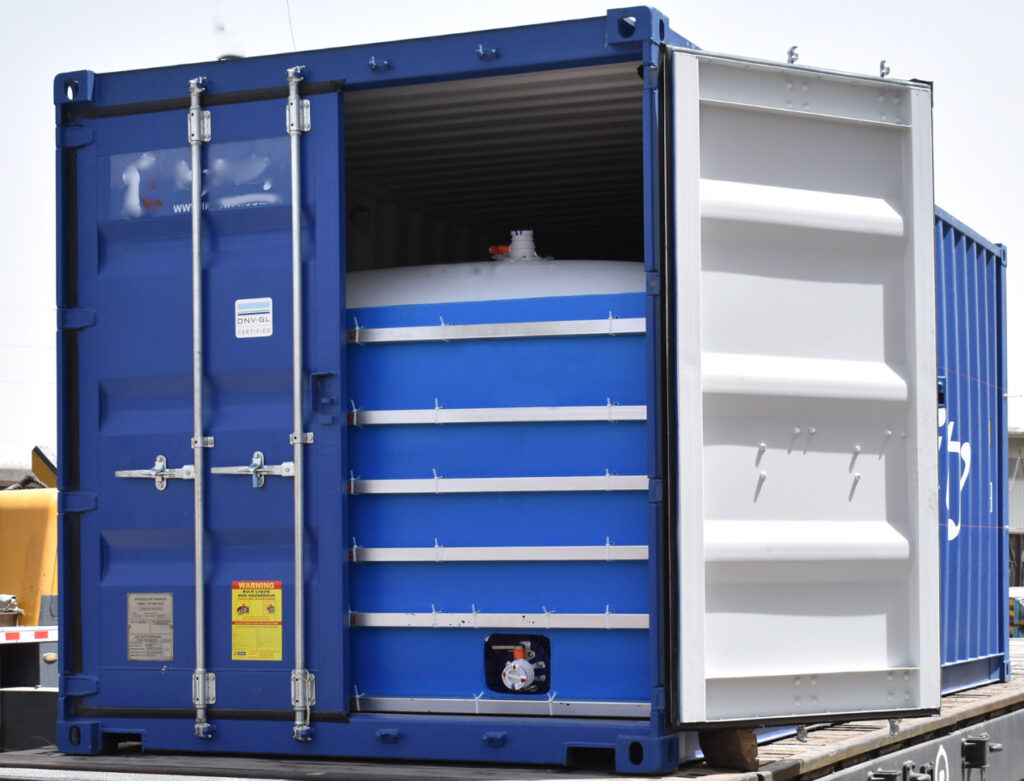
What are flexitanks?
For the first time, flexitanks (for storing and transporting water and diesel fuel) began to be used by the US military in the early 60s of the last century. Already in the 70s, the British became interested in technology. For businessmen, flexible tanks began to be advertised as tanks for transporting liquids.
In the same years, flexitanks were patented by the Algerian winemaker André Labaronne. He successfully implemented his invention in agriculture. The company he founded still manufactures such tanks, as well as flexible tanks for vehicles ranging from trucks to barges. The same type of transportation in flexitanks, but from more modern materials, is now used in the military and other industries in many countries of the world.
In particular, the transportation of diesel fuel in flexitanks is allowed in Australia and the countries of the South African Development Community (SADC). The production and supply of such containers is carried out by FTS Flexitanks systems (South Africa), Musthane (France), Wiefferink (Netherlands) and others.
Specifications
Consider the technical side of the UCAB proposal. A flexitank is a soft container that is placed in a metal 20-foot container, or a solid truck bed, or on a platform. It can hold a significant amount of liquid – for example, a 20-foot container can hold up to 20 cubic meters of diesel fuel, and when folded it is only about 0.3 cubic meters. and can be transported for use on the return journey.
There are a number of companies in Ukraine that create or resell flexitanks. From open sources, you can find out that the price of such technology is not so high – it varies within $ 500. The cost between manufacturers is formed from the price of the flexitank itself, the separation required to equip the container for the installation of the flexitank, as well as the work of the installation specialist.
In addition, this technology has its own requirements. So, for example, the relevant safety conditions must be met: passing driver training with obtaining a license, equipping the car with fire extinguishing equipment and other equipment, periodically checking the integrity and degree of wear of flexitanks, using backup layers to prevent fuel spills, etc.
Flexitanks have both advantages and disadvantages. So, for example, a flexitank is a single container that is loaded by one connection of the pump to the valve, which saves time and labor for its loading. Unloading is also much easier, which contributes to less loss of cargo.
Of the minuses – the non-refundability of the equipment. Flexitank is used once, and its cost is much less than when using barrels or ISO containers. In addition, there is always a risk of damage to the cargo – leakage from the flexitank. The factor may be exceeding the permissible carrying capacity, an unsuitable container, non-compliance with transportation safety, a human factor or a manufacturer’s defect.
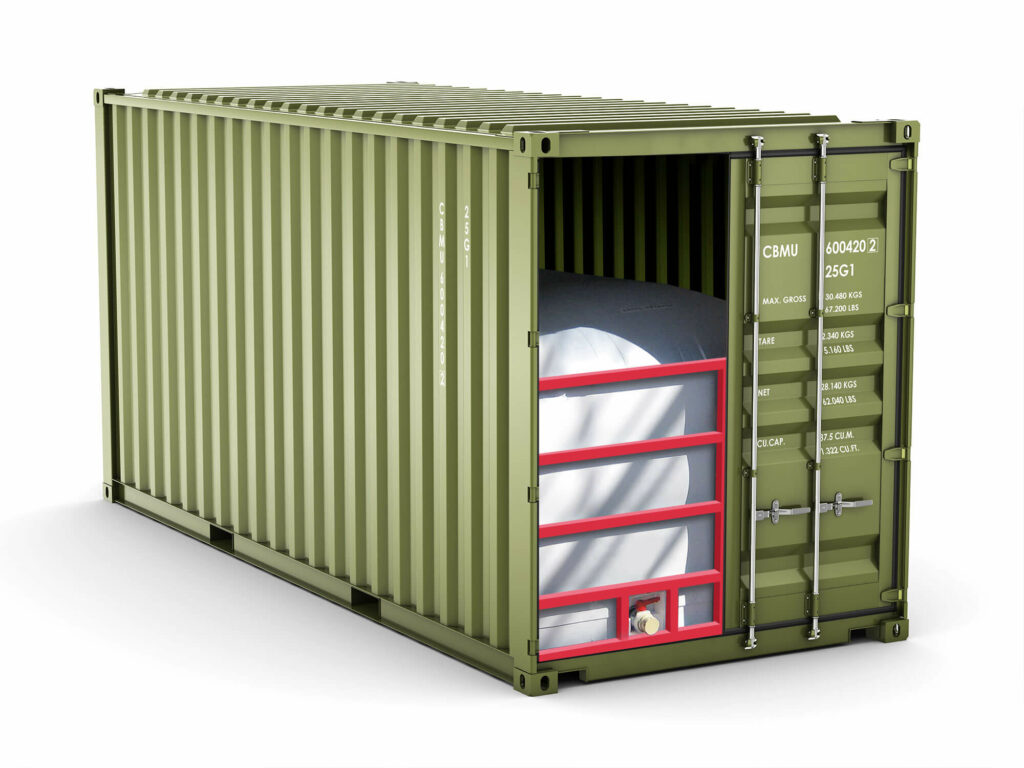
Flexitanks in Ukraine
In Ukraine, the use of flexitanks was practiced even before the war, especially for transporting oil by road. Back in 2010, the government approved the COA (Container Owners Association) set of rules. The set of rules made it possible to create approved norms and standards for the production of flexitanks. Accordingly, in the last years before the war, the oil market grew – and with it the popularity of flexitanks grew.
Now the “Ukrainian Club of Agrarian Business” has already appealed to the government and relevant ministries. The organization proposes not only to consider the possibility of transporting diesel fuel in flexitanks, but also to send relevant appeals to neighboring countries of the European Union: Poland, Romania, Hungary, Slovakia, Bulgaria, Lithuania, Latvia and Moldova. However, the transportation of oil and diesel fuel is different, therefore, in Ukraine and the EU, the transportation of diesel fuel using flexitanks is currently not sufficiently.

Is it possible to transport diesel fuel in flexitanks now?
Transporting diesel fuel in flexitanks on the way back from the EU is a realistic idea, but its implementation is more difficult than it seems. One of the problems that slows down the process is the ban on men to work on trucks that cross the border. There are not so many drivers of container trucks that are not subject to mobilization in Ukraine now. The so-called “pool” or “golden hundred” of carriers has formed in the industry. Given the fact that drivers need to be taught how to handle flexitanks, it becomes even more difficult to implement the idea. In addition, carriers are trying to fill empty containers on the way back to Ukraine with other imported goods, including.
As for grain carriers, the main flow goes to the southern border of Ukraine. Usually, grain carriers do not leave the state border, which, in turn, also complicates logistics, even if the project finds support from the state. After all, to pick up diesel fuel, you still have to leave. In addition, at the first stage of the project, it will be necessary to quickly deploy mobile hubs for reloading diesel fuel into flexitanks near the border of Ukraine with the EU countries.
Of course, the idea “has the right for life.” It is able to provide some part of the import of diesel fuel, however, as in any other project, there are various advantages and risks. And the government of Ukraine will analyze these risks.

